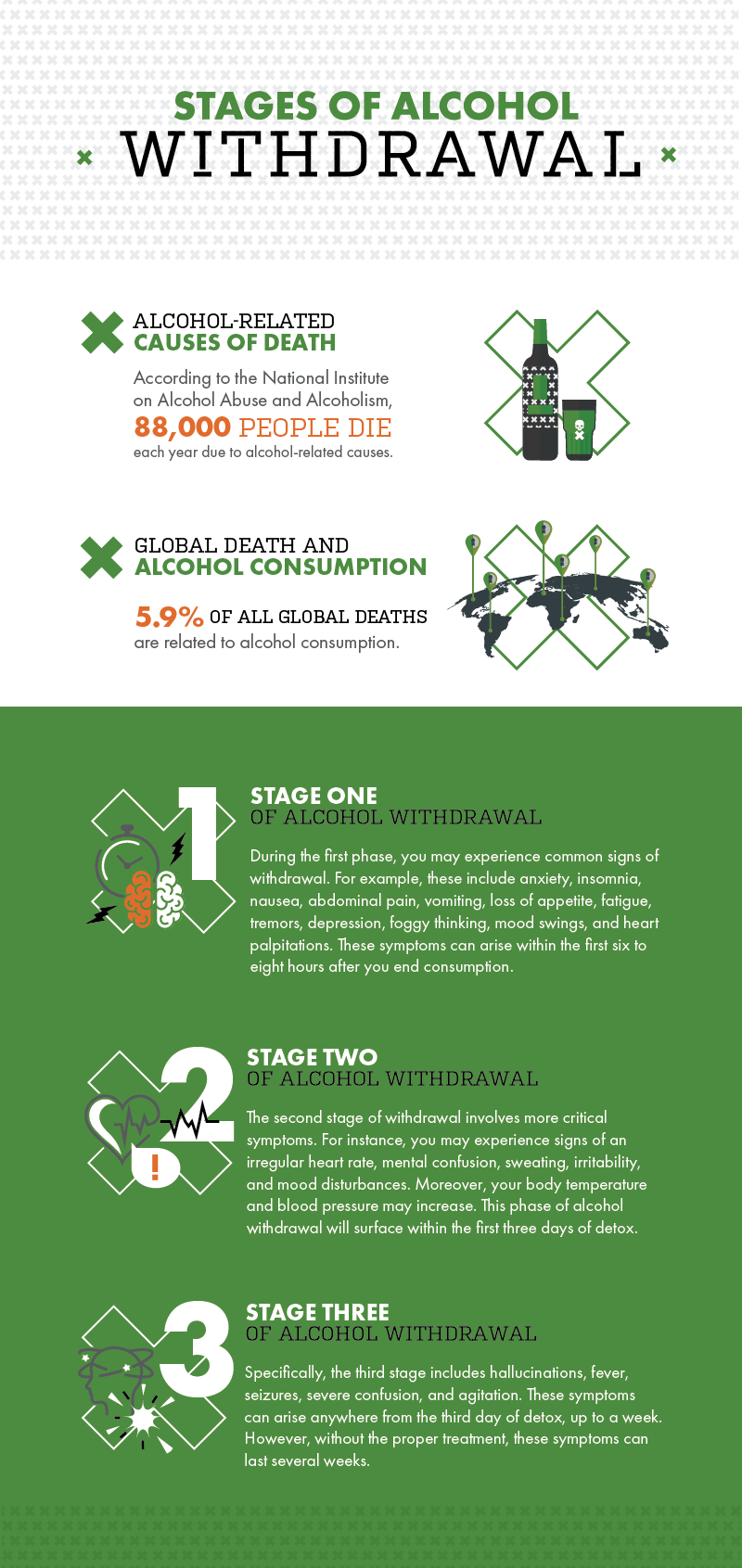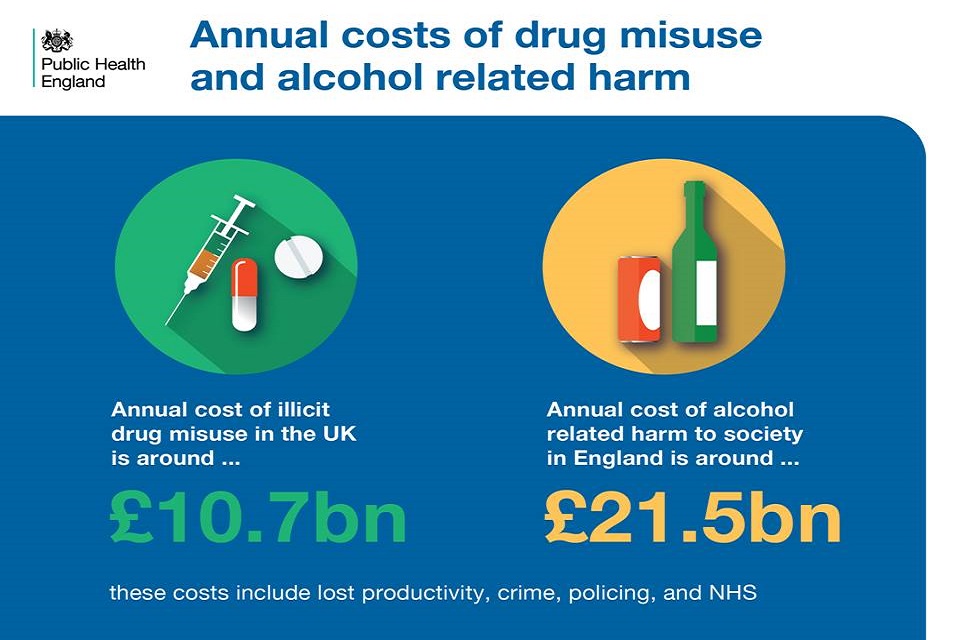Excitement About Which Of The Following Is Not True About The Treatment For Opioid Addiction
Various kinds of programs provide aid in drug rehabilitation, including: property treatment (in-patient/out-patient), regional support groups, extended care centers, healing or sober houses, addiction counselling, psychological health, and healthcare. Some rehab centers offer age- and gender-specific programs. In an American survey of treatment suppliers from 3 different institutions (the National Association of Alcoholism and Substance Abuse Therapists, Rational Healing Systems and the Society of Psychologists in Addictive Habits) determining the treatment service provider's responses on the Spiritual Belief Scale (a scale determining belief in the four spiritual qualities Alcoholics Anonymous recognized by Ernest Kurtz); the scores were discovered to describe 41% of the variance in the treatment service provider's reactions on the Addiction Belief Scale (a scale determining adherence to the illness design or the free-will design addiction).
The National Institute on Substance Abuse (NIDA) advises cleansing followed by both medication (where appropriate) and behavior modification, followed by relapse prevention. According to NIDA, effective treatment must address medical and mental health services as well as follow-up choices, such as community or family-based recovery assistance systems. Whatever the method, client motivation is an important factor in treatment success.
Medication like methadone and buprenorphine can be utilized to deal with dependency to prescription opiates, and behavioral therapies can be utilized to deal with addiction to prescription stimulants, benzodiazepines, and other drugs. Types of behavior modification consist of: Cognitive-behavioral therapy, which seeks to help patients to acknowledge, Visit this link prevent and cope with circumstances in which they are most likely to regression.
Inspirational speaking with, which is developed to increase client motivation to change habits and enter treatment. Inspirational rewards, which uses positive support to motivate abstinence from the addicting compound. EEG Biofeedback augmented treatment improves abstinence rates of 12-step, faith-based and clinically helped addiction for cocaine, methamphetamine, alcoholism and opioid addictions. Treatment can be a long procedure and the period is dependent upon the client's needs and history of abuse.
Certain opioid medications such as methadone and more buprenorphine are extensively used to deal with dependency and dependence on other opioids such as heroin, morphine or oxycodone. Methadone and buprenorphine are maintenance treatments meant to reduce cravings for opiates, therefore decreasing illegal drug usage, and the risks associated with it, such as illness, arrest, imprisonment, and death, in line with the viewpoint of harm reduction.
All available research studies collected in the 2005 Australian National Examination of Pharmacotherapies for Opioid Dependence suggest that maintenance treatment is more effective, with very high rates (79100%) of regression within 3 months of detoxification from levo-- acetylmethadol (LAAM), buprenorphine, and methadone. According to the National Institute on Drug Abuse (NIDA), clients supported on sufficient, sustained doses of methadone or buprenorphine can keep their jobs, prevent criminal offense and violence, and minimize their exposure to HIV and Liver Disease C by stopping or lowering injection drug use and drug-related high threat sexual behavior.
Excitement About What Is Of Drug Addiction Treatment
It is generally recommended in outpatient medical conditions. Naltrexone obstructs the blissful results of alcohol and opiates. Naltrexone cuts regression threat during the very first three months by about 36%. Nevertheless, it is far less reliable in helping patients maintain abstaining or maintaining them in the drug-treatment system (retention rates typical 12% at 90 days for naltrexone, typical 57% at 90 days for buprenorphine, typical 61% at 90 days for methadone).
To date, there have never ever been any regulated studies revealing it to be efficient, and it is declined as a treatment by doctors, pharmacists, or addictionologist. There have also been numerous deaths connected to ibogaine use, which causes tachycardia and long QT syndrome. The drug is a prohibited Schedule I controlled substance in the United States, and the foreign centers in which it is administered from tend to have little oversight, and range from motel rooms to one moderately-sized rehabilitation center.
These medications consist of bupropion and nortriptyline. Bupropion hinders the re-uptake of nor-epinephrine and dopamine and has actually been FDA approved for smoking cessation, while nortriptyline is a tricyclic antidepressant which has actually been utilized to assist in smoking cigarettes cessation it has actually not been FDA authorized for this indicator. Acamprosate, disulfiram and topiramate (a novel anticonvulsant sulphonated sugar) are also used to deal with alcohol addiction.

Disulfiram (likewise called Antabuse) produces a really unpleasant reaction when drinking alcohol that consists of flushing, queasiness and palpitations. It is more efficient for patients with high motivation and some addicts utilize it just for high-risk situations. Clients who want to continue drinking or might be likely to regression ought to not take disulfiram as it can result in the disulfiram-alcohol response mentioned previously, which is extremely major and can even be fatal.
Substance abusers likewise sometimes utilize the gas as an inhalant. Like all other inhalants, it's popular due to the fact that it offers consciousness-altering effects while https://rivercountry.newschannelnebraska.com/story/42260845/pompano-beach-drug-treatment-center-helps-people-find-road-to-recovery allowing users to avoid some of the legal concerns surrounding illicit or unlawful drugs of abuse. Abuse of laughing gas can produce considerable short-term and long-term damage to human health, consisting of a form of oxygen starvation called hypoxia, mental retardation, and a severe vitamin B12 deficiency that can result in nerve damage.
In-patient domestic treatment for alcoholic abuse is usually rather costly without appropriate insurance coverage. The majority of American programs follow a 2830 day program length. The length is based entirely upon service providers' experience. During the 1940s, customers stayed about one week to get over the physical changes, another week to understand the program, and another week or 2 to become steady.

Getting My How To Verify Addiction Treatment Centers Qualifications To Work
These consist of, however are not limited to AA, Narcotics Anonymous, Cocaine Anonymous and Al-Anon. One current research study suggests the significance of family participation in residential treatment patient retention, discovering "increased program conclusion rate for those with a family member or better half associated with a seven-day family program". Clients with serious opioid dependency are being provided brain implants to help in reducing their yearnings, in the very first trial of its kind in the US.
Surgical treatment follows with medical professionals making a little hole in the skull in order to place a tiny 1mm electrode in the particular location of the brain that manages impulses such as addiction and self-control. This treatment is for those who have actually stopped working every other treatment, whether that is medication, behavior modification, social interventions.
The meaning of recovery stays divided and subjective in drug rehabilitation, as there are no set standards for measuring healing. The Betty Ford Institute specified recovery as achieving complete abstaining along with individual well-being while other research studies have actually considered "near abstaining" as a definition. The large range of meanings has complicated the process of picking rehab programs. how could the family genogram be applied to the treatment of a family with addiction issues.
Individuals convicted of minor drug offenses might be sentenced to rehabilitation instead of jail, and those convicted of driving while drunk are in some cases required to participate in Twelve step programs conferences. There are a great number of ways to resolve an alternative sentence in a drug ownership or DUI case; progressively, American courts are prepared to check out outside-the-box methods for providing this service.
